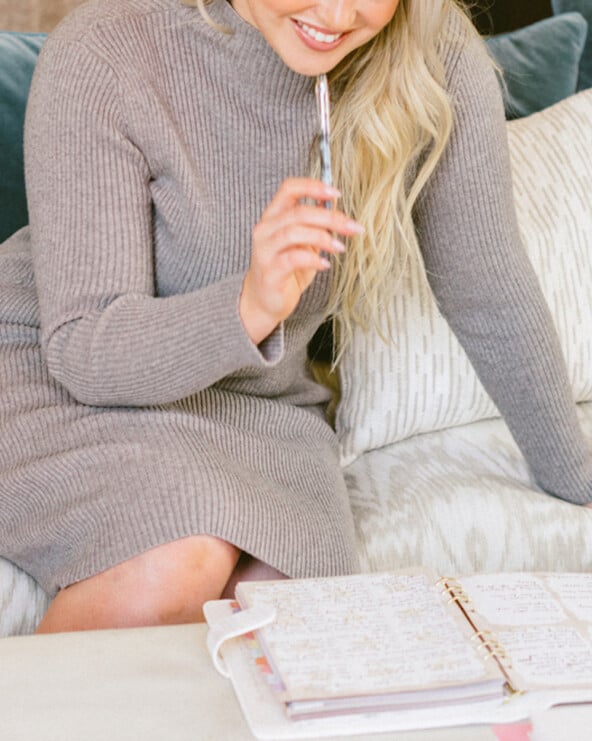The following is a quote from an internal Philip Morris memo from 1970 on the tobacco industry’s brand ethos: “We are in the business of relaxing people who are tense and providing a pick up for people who are bored or depressed. The human needs that our product fills will not go away. Thus, the only real threat to our business is that society will find other means of satisfying those needs.” When an editor challenge to quit social media completely for 30 consecutive days was proposed at my office, I tossed my hat in the ring with a cavalier “Make it 40.”
Mostly, I thought going off social platforms would be a relief. I took on the assignment with the staunch goal of penning an essay on the triviality of social media. I wanted proof the addiction wasn’t all that real.
A week into my digital fast, all I could think of was that vintage Tobacco brand marketing battle cry. Here’s what I learned.
image source: new darlings
Opiate Addiction Is Real
The first week off-grid, my mind ping-ponged between a state of restlessness and relief. I discovered my hand had a muscle memory. Upon picking up my phone, my thumb instinctively flicked over to where the Instagram icon used to rest—now a lonesome little void. Two days sans feed, I became beleaguered with maudlin,
I assumed without the distraction of social media, my days would be more focused, more introspective. The distraction only got louder. My fix proved adaptable. Instead of a feed, I resorted to magazines and books—same high, different drug. So strong was the urge to share, like, and comment, I routinely passed around print editorials pilfering for friends’ commentary in real time. By the three-week mark, a schism in time manifested. My digital past life was a phantom limb: The faded, opaque memory of something that once pacified the silence in between moments of passing boredom. I no longer sprinkled rose petals at the idolized version of my own life via gloriously feigned, impromptu self-

Social Media is Social Currency
Over my month plus of self-imposed media exile, dinner parties emerged as the most peculiar experience of all. I was, without fail, the lone guest at the table with zero advance press on the comings and goings of other invitees. The number of times friends took to visual aids to provide a pitch deck to accompany even the simplest of stories was surreal. Crying emoji–laden texts rolled in daily from friends saying, “Come back to social media.” It was flattering and odd.
From my perspective, my interactions were more frequent and genuine without a digital surrogate. Meeting up with peers only to be swiftly complimented on how engaging and present I was without a phone felt like a punch to the gut. It killed me that my most treasured confidants had not felt the full weight of my undivided attention with a device in clear line of sight. I wanted to be a generous listener. That became priority one.

Connection is Contribution
After 40 days, I didn’t wish to return to the river. I learned social media is as much a vocabulary as it is a dialogue. It makes art accessible and democratic. Art imitates life. Life imitates art. Expressionism can be transcendent. My real addiction wasn’t localized to checking feeds; it was in documenting life. Gone was the compulsion to record. I still wanted to share. Sharing is powerful and human. Being that we’re arguably more connected than ever, it’s worth asking exactly what are we contributing? Are we generous listeners? Are we authentic?
I now maintain a modest social media diet punctuated by bursts of intermittent digital fasting.
—
This article is an abridged version of my piece originally published by My Domaine. Read the full essay here.
Jillian Knox Finley’s background in visual storytelling enables her to drive content from a vantage point that emphasizes authentic engagement and emotion. Jillian curates brand content across all consumer touchpoints, leveraging owned, earned, and paid media through comprehensive creative strategy. She is currently a freelance writer and producer in Austin, TX.




